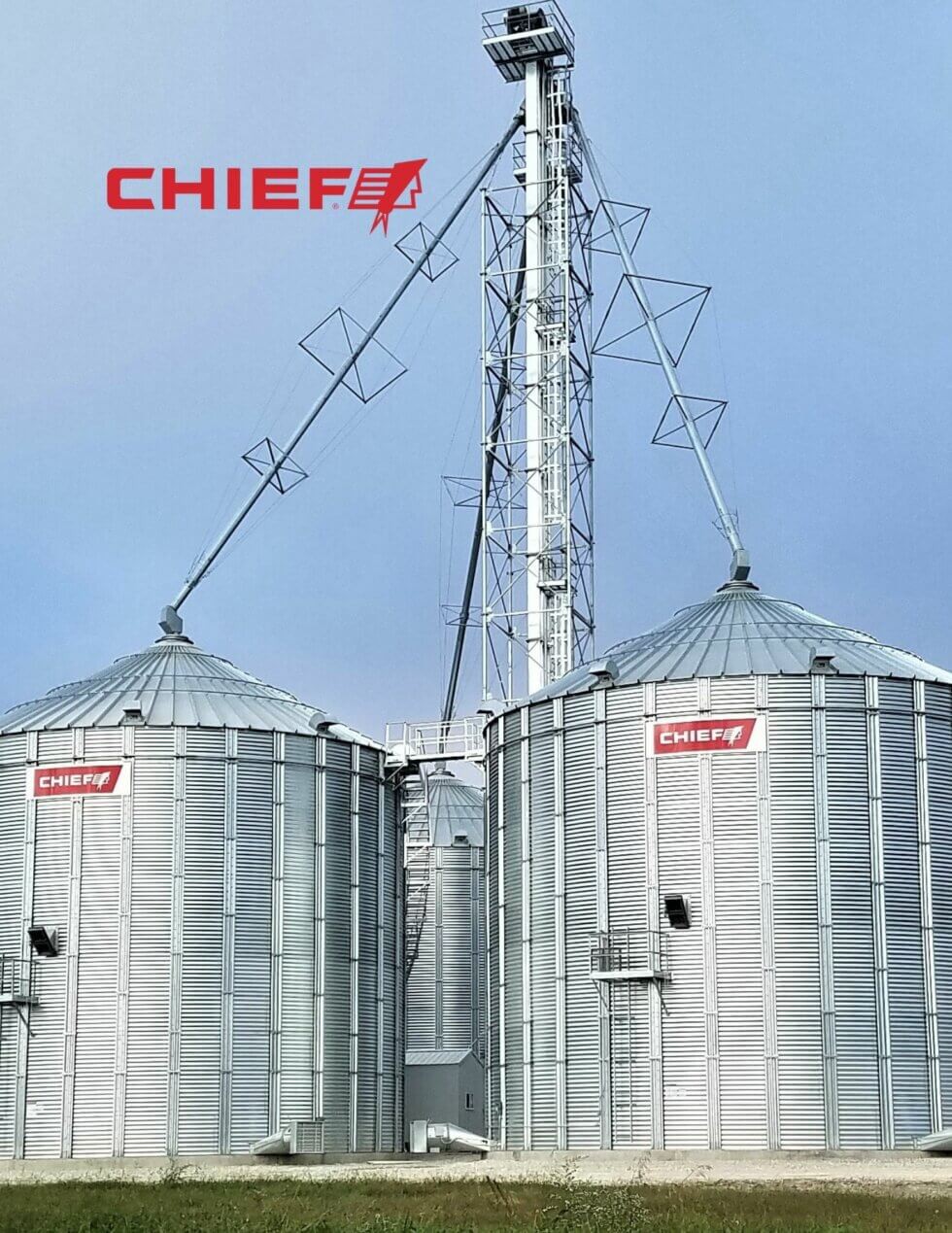
COVID-19 has severely impacted all countries in the world and has caused several supply chain disruptions globally. Most of the developing and third world countries heavily depend on agriculture and agricultural imports, therefore agricultural supply chains (ASCs) in all these countries are exposed to unprecedented risks. Grain storage plays a major part in helping to alleviate agricultural supply chain risks. Storage infrastructure enables transformation of grain in space and form, moving grain from where it is relatively abundant and cheap to where it is relatively scarce. Merchants like grain elevators use storage space to facilitate efficient grain aggregation and movement to end-users, maintaining grain quality and lowering per-unit handling costs. Private farmers also use grain storage to improve harvest logistics when commercial grain elevators are too congested or distant to allow for efficient harvest progress. Grain storage infrastructure comes in many forms: bins, elevators, bunkers, and sheds. Storage infrastructure has at least two main uses. First, it enables farmers, commercial grain merchants, and end-users to hold commodity inventories over time. Storing grain to profit from differences in prices across time addresses variation in grain production and consumption within and across crop marketing years, the annual period defined by typical harvest timing. US grain storage capacity has grown substantially in the last 20 years, which is closely related to increasing crop production. However, not all grain storage is created equally. Without proper grain storage, a crop may spoil, and it may have to be sold too soon. Alternatively, the needed storage may not be available when necessary, forcing crops to be traded. To limit this risk, sufficient storage needs to be in place long before harvest starts. Here are 4 tips for long-term grain storage: Make sure you have efficient long-term grain storage available.
Comment Now